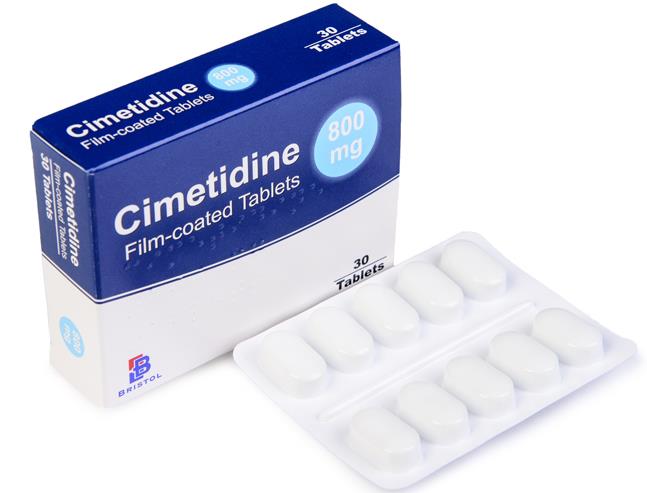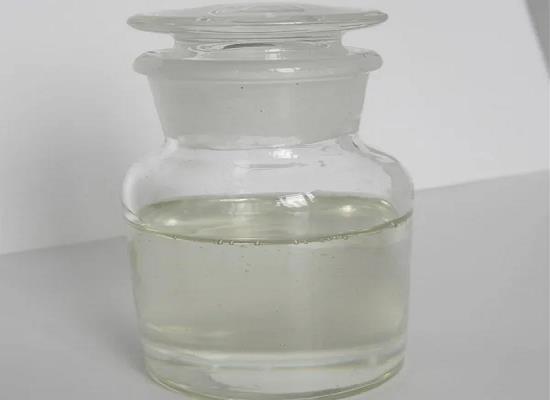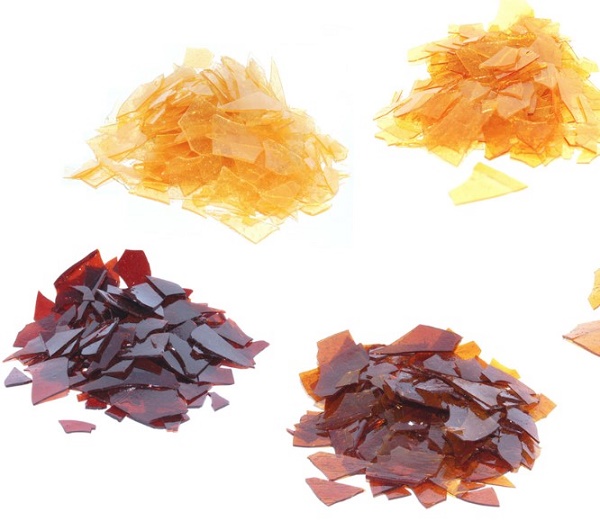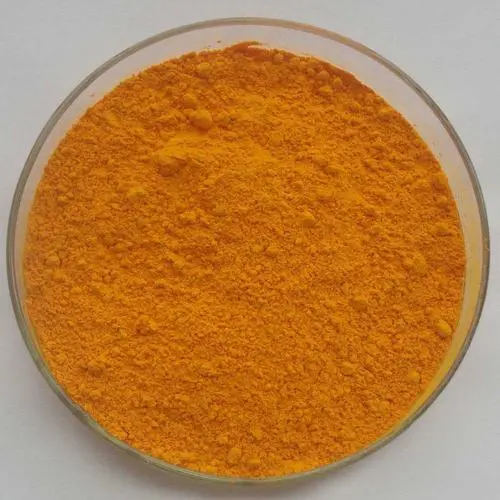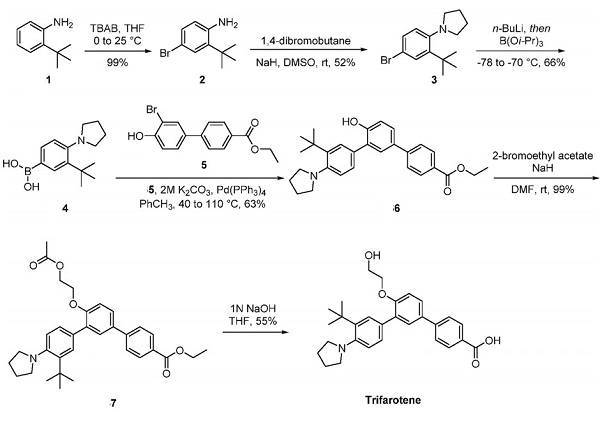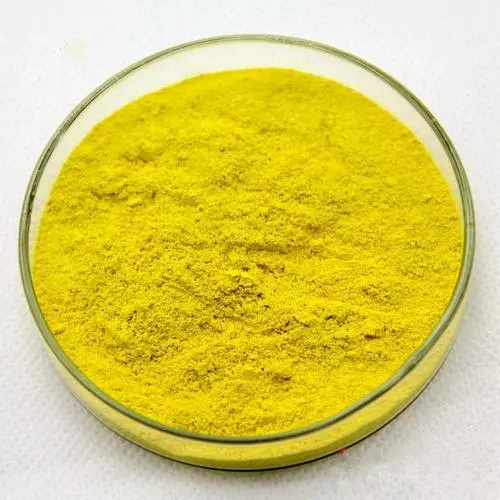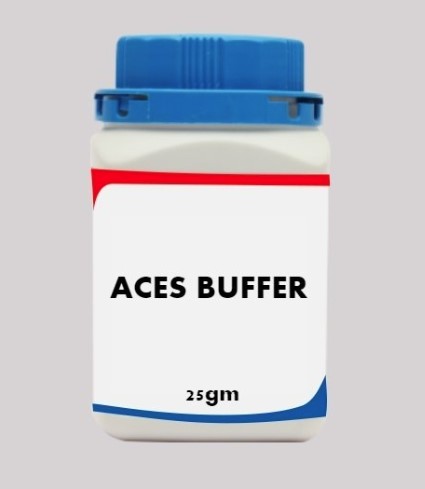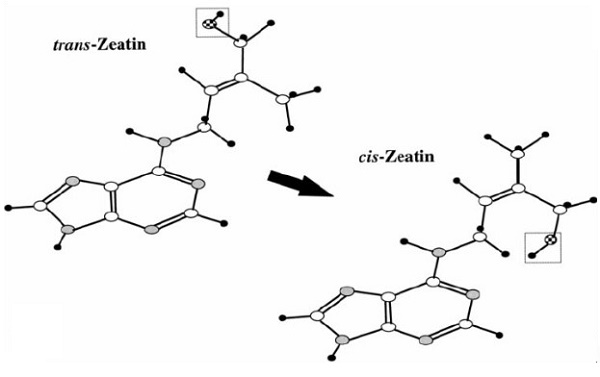Cimetidine: A Cancer Therapy with Mechanisms Targeting Cell Proliferation, Apoptosis, and Cell Adhesion
Cimetidine shows potential in cancer treatment by suppressing histamine activity, inducing apoptosis, inhibiting cell adhesion, and reducing metastasis risk.
Jan 11,2024 APIPropiconazole: mammalian toxicity, ecotoxicology and residues
Propiconazole has potential low toxicity with reproductive toxicity, and endocrine disruption. Ecotoxicological assessments show low risks, but residue assessment needs clarification.
Jan 11,2024 APIDiphenylmethane Serves as an Efflux Pump Inhibitor in Drug-Resistant Escherichia coli
Diphenylmethane shows potential as an efflux pump inhibitor, enhancing antibiotic activity against drug-resistant bacteria, without affecting membrane permeability or post-antibiotic effects.
Jan 11,2024 APIQ:What is Shellac
A:Shellac is a brittle or flaky secretion produced by the lac insect Tachardia lacca, commonly found in the rainforests of Southern Asia (e.g., Thailand).
Jan 10,2024 Food AdditivesRiboflavin: Producing bacteria; Benefits and Targeted Drug Delivery
Riboflavin is an essential, water-soluble vitamin (B2) and a component of basic cellular metabolism.
Jan 10,2024 Vitamins and Minerals medicinesThe biological activity and synthesis method of Trifarotene
Trifarotene, also known as CD5789, is a first-in-class retinoid treatment for acne vulgaris in patients nine years of age and older.
Jan 10,2024 Biochemical EngineeringA stilbenoid natural product: Tapinarof (Benvitimod)
(E)-3,5-dihydroxy-4-isopropylstilbene (Benvitimod, Tapinarof), a new medicine for treating psoriasis and eczema, belongs to the hydroxystilbene family.
Jan 10,2024 APIRifampicin: Mechanism of action and Rifampicin resistance
Rifampicin is an important clinical antibiotic that belongs to the antimicrobial class of drugs. This drug is used for the management and treatment of various mycobacterial infections and gram-positiv
Jan 10,2024 Antimicrobial agentQ:How to prepare ACES Buffer
A:ACES is a zwitterionic buffer used in biochemistry and molecular biology research.
Jan 10,2024 Organic reagentsWhat is the difference between trans-zeatin and Cis-Zeatin
Cis-Zeatin-type cytokinins (cZs) are a group of cytokinins (CKs) that have largely been ignored when compared to trans-zeatin (tZ) isomers or other highly active CKs.
Jan 10,2024 Biochemical Engineering



